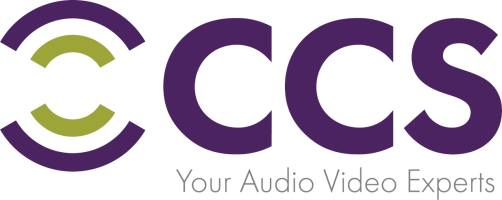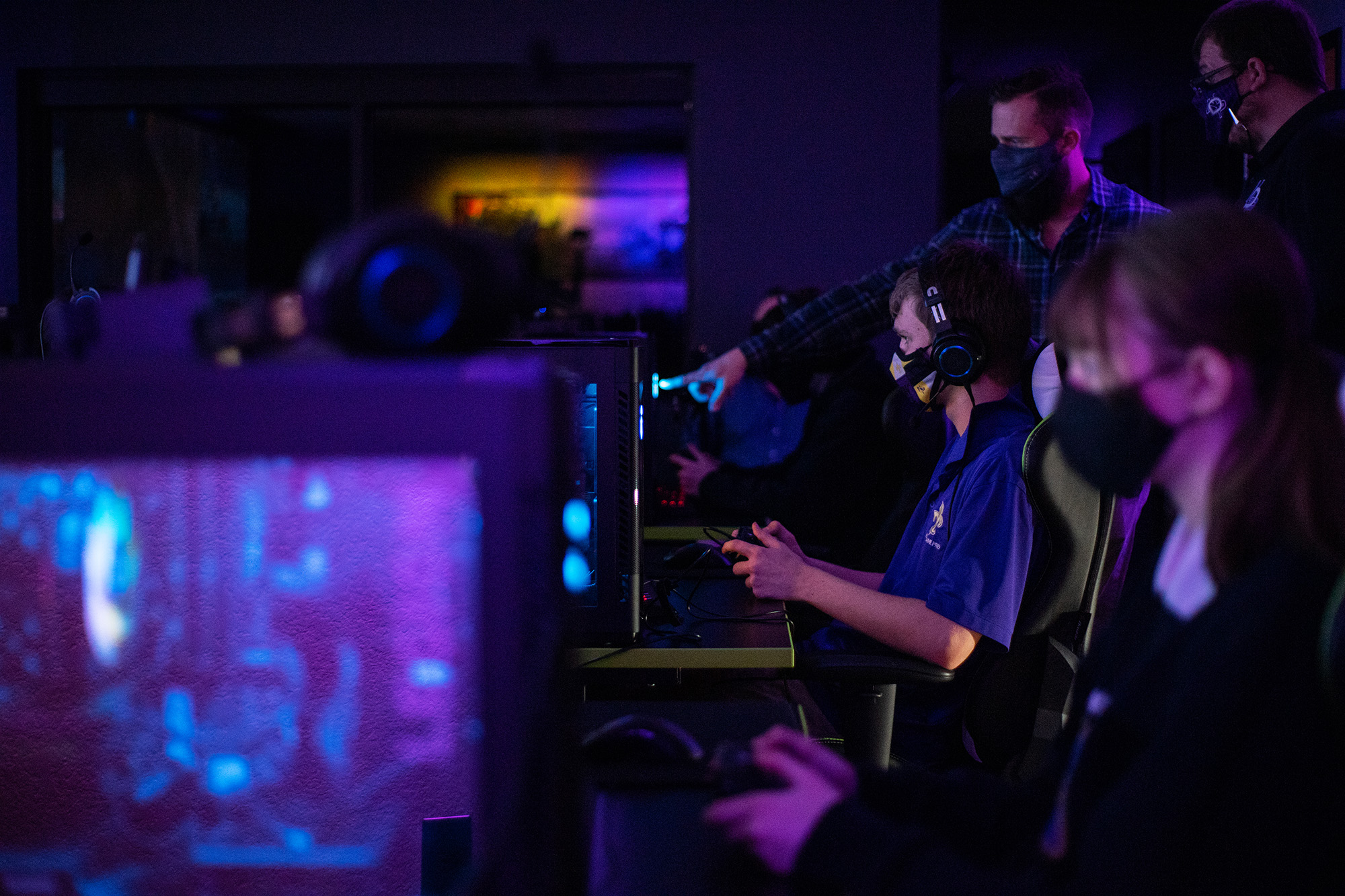If you’re one of the lucky teachers whose classroom is equipped with SMART Board technology, are you using it to its full potential? Have you been trained adequately to understand all of its function use possibilities?
That’s the premise posed in a recent article from Scholastic Administrator Magazine to its readers (and teachers). As you may know, Smart Technologies is the global leader in interactive whiteboards, and is helping to provide collaboration solutions to help change the way the world students learn. In fact, SMART Technologies is all about integrated solutions, hoping that its products can free people from their desks and computer screens, and make interaction with digital resources more natural. Many would agree, as SMART claims to have transformed teaching and learning in more than 2 million classrooms worldwide, reaching over 40 million students and their teachers. 
But here’s what SMART and its representatives are often finding in the real picture. All too often, a school district will order a number of SMART Boards for its classroom, and unveil them with great anticipation. There is a round or two of training on the SMART technology, and many teachers are left with just that initial spurt of knowledge of the resources. Unfortunately, some classrooms and teachers are simply not being guided enough to realize the full potential of SMART Boards.
Scholastic writes: “They’re not alone. A representative from a major interactive whiteboard manufacturer tells of the time she came into a school and found a board with student work stapled all over it. James Hollis, a former teacher who now trains educators on how to use interactive whiteboards, became acquainted with the technology when he found one of the boards sitting unused in a supply closet.”
So what to do to solve this problem of ordering $1000-plus hardware and software systems, and letting them languish? Scholastic offers these key points:
Identify Your Early Adopters
Training, training, training. Find the teachers that are most excited about the new products, and the tech enthusiasts in your ranks, and involve them in as many SMART training sessions offered by the audio-visual systems company from whom you bought the system. Learning will occur among these early adopters, and from there they will be able to be the trainers within your organization.
Make the Training Relevant
It’s important that AV systems integrators and SMART system vendors understand the core competencies for the SMART system in the classroom. Knowing how the teachers and the students manage the system helps to prepare a variety of teaching workshops that create a learning win-win. Scholastic notes that learning the system comes in three general waves: a) learning how the devices work; using the technology to plan lessons; and gaining the prowess to make those lessons interactive and engaging.
Know Your School’s Goals
What is the overall goal of the SMART system in the classrooms? Are you using this new audio-visual technology to create a new engaging interactive classroom? Or is your school just keeping up with digital trends in your region? Ideally, as a SMART representative notes in the article, the goal should be ‘student-centered instruction’, and not just using the SMART system as a glorified overhead projector. Know your school’s goals up front and the rest will flow easily down the line.



